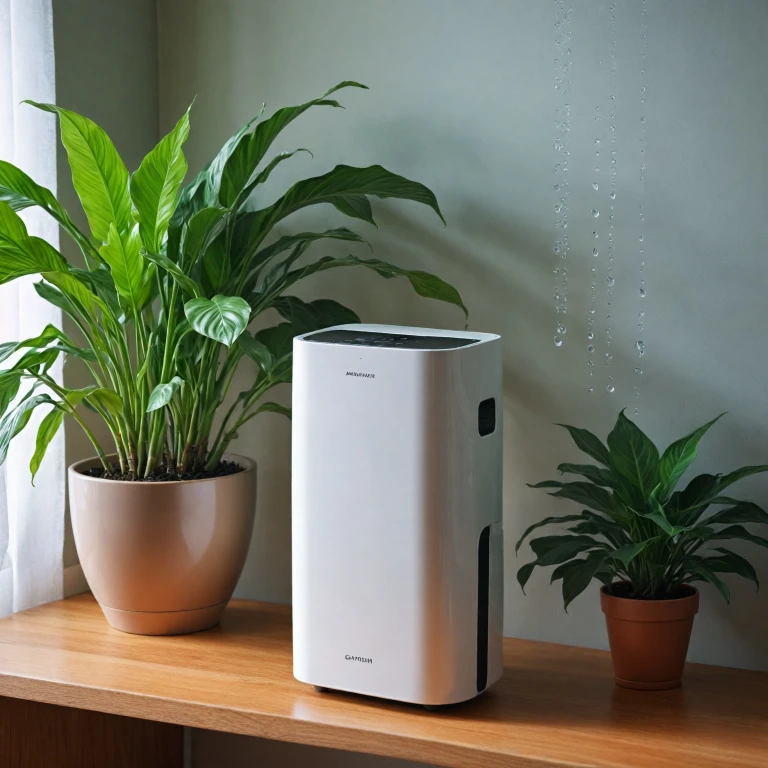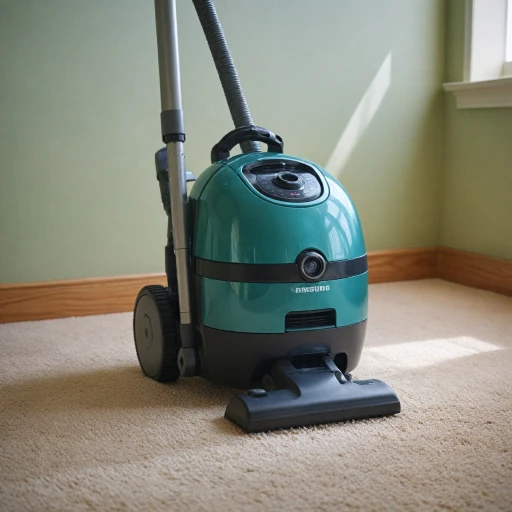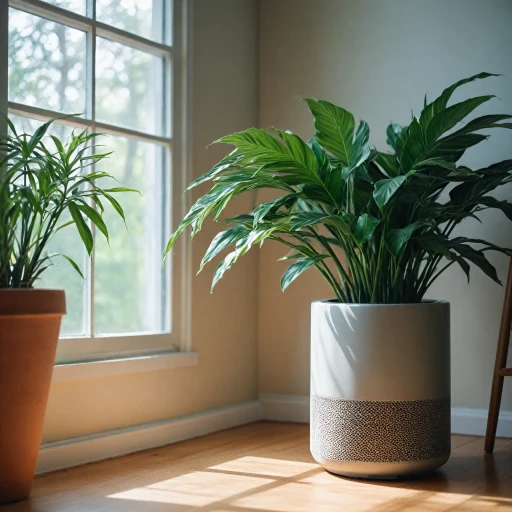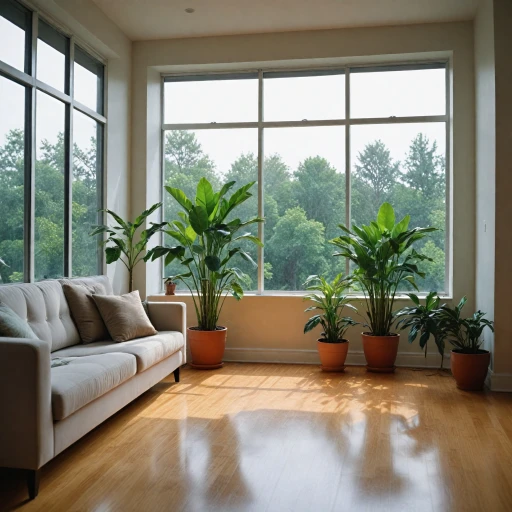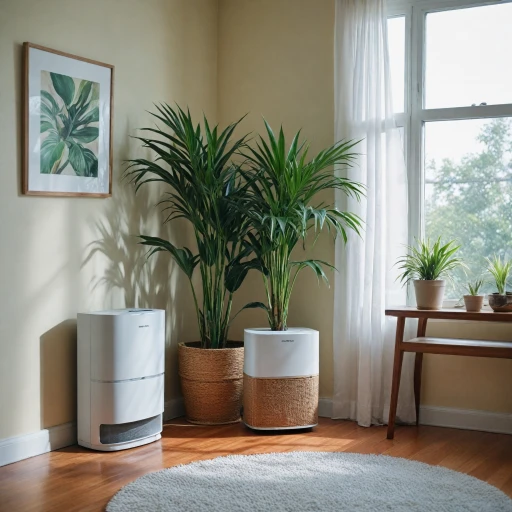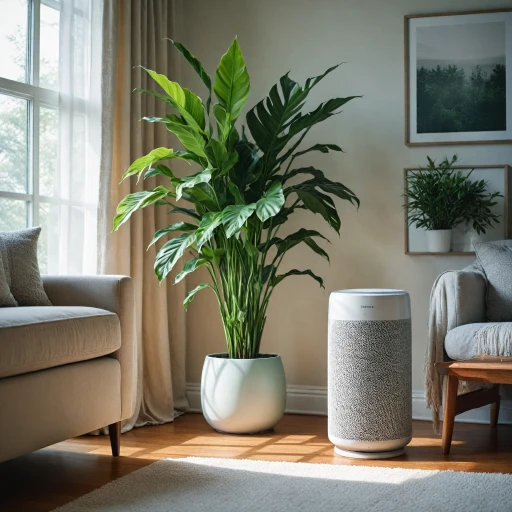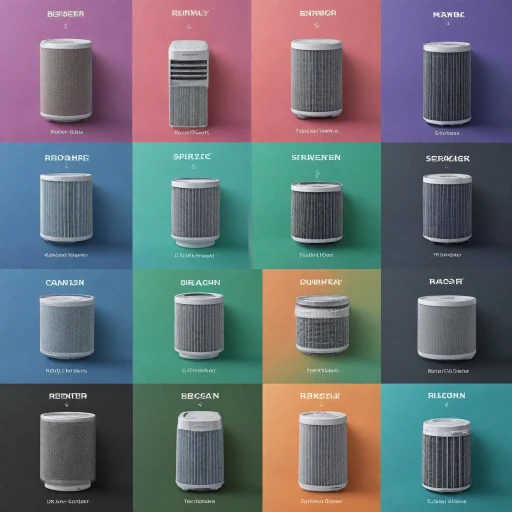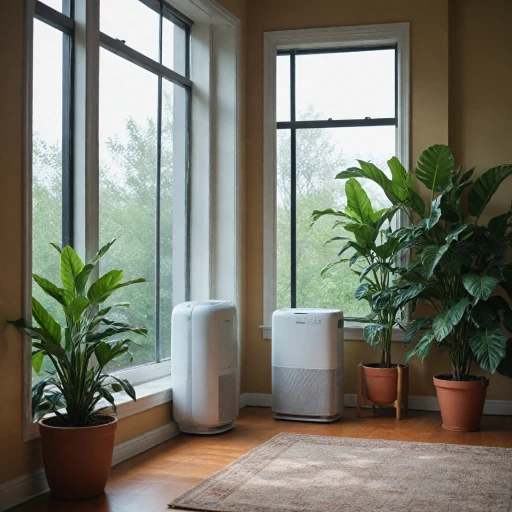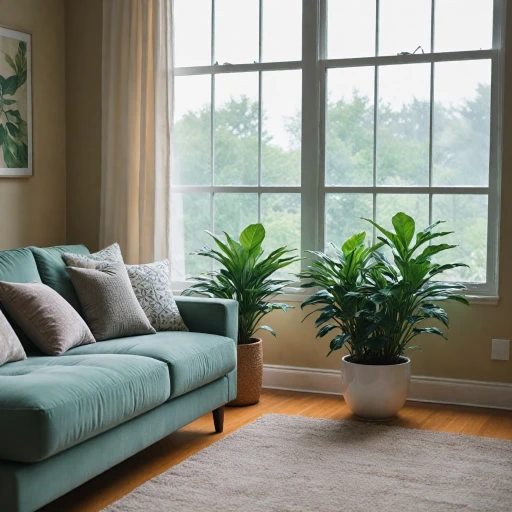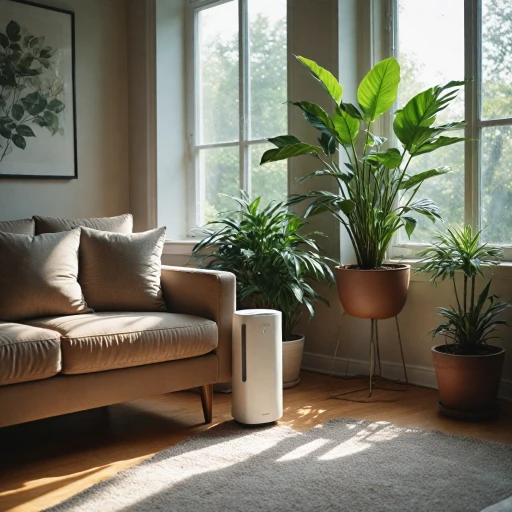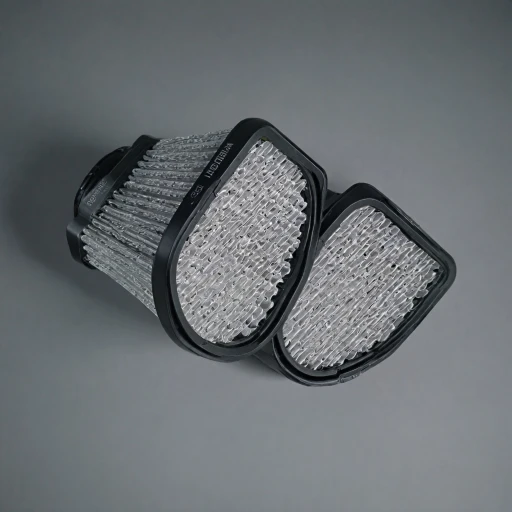
Understanding the Basics: Air Dehumidifiers
Getting Acquainted with Air Dehumidifiers
To make an informed choice between air dehumidifiers and air purifiers, it’s crucial to understand what each device brings to the table. Let's take a closer look at air dehumidifiers first.
Air dehumidifiers are designed to tackle one key issue in indoor spaces: excess moisture. By reducing humidity levels, they help prevent problems associated with excessive moisture, such as mold and dust mites. High humidity can lead to discomfort and potential health issues, so maintaining optimal humidity is important for air quality and overall well-being.
Key benefits of air dehumidifiers include:
- Controlling mold and mildew: These devices are effective at reducing mold spores and mold mildew growth, which thrive in damp environments.
- Improving comfort: By reducing humidity, dehumidifiers make indoor environments more comfortable during sticky, humid months.
- Reducing allergens: Lower humidity can also decrease the presence of dust mites and other allergens in the air.
It’s important to note that while air dehumidifiers focus on humidity levels, they do not filter particles from the air as air purifiers do. Thus, if your primary concern is managing moisture to curb mold and improve comfort, a dehumidifier might be the best choice for your needs. For more detailed guidance on how dehumidifiers work in tandem with air purifiers, you can explore this comprehensive guide.
Understanding the Basics: Air Purifiers
Exploring Air Purifiers: The Essentials
Air purifiers are devices designed to improve indoor air quality by removing a variety of airborne particles. These include dust, pet dander, dust mites, mold spores, and other microscopic impurities. By utilizing specialized filters, such as HEPA and activated carbon filters, air purifiers aim to provide cleaner air within your home or room. Key Benefits of Air Purifiers:- Reduction of airborne particles: Air purifiers are effective at capturing dust pollen and other particles, helping to alleviate allergies and respiratory issues.
- Odor elimination: Activated carbon filters help in removing unpleasant odors and volatile organic compounds (VOCs), enhancing the freshness of indoor air.
- Control of mold and mildew: By restricting mold spores in the air, purifiers can help prevent the growth of mold and mildew indoors.
Key Differences Between Air Dehumidifiers and Air Purifiers
Distinct Features of Air Purifiers and Dehumidifiers
When considering air quality and the health of your indoor environment, it's crucial to understand the unique characteristics of air purifiers and dehumidifiers. Each device serves a purpose that addresses different aspects of indoor air conditions, which we'll explore below.
Key Characteristics of Air Purifiers
Air purifiers are designed to improve air quality by removing airborne particles. They excel at capturing dust, pollen, pet dander, and mold spores. Most air purifiers use HEPA filters to trap small particles effectively. Some also incorporate activated carbon filters to tackle odors and volatile organic compounds. The best air purifiers can significantly reduce allergen levels and promote clean air, making them ideal for combating dust and dust mites.
Characteristics of Dehumidifiers
Dehumidifiers, on the other hand, are built to manage indoor humidity levels by removing excess moisture from the air. High humidity can lead to mold and mildew growth, so controlling moisture levels is critical in preventing these issues. A dehumidifier air can be especially helpful in high humidity environments or areas prone to dampness. By reducing moisture air levels, dehumidifiers help inhibit mold spores and other moisture-related problems.
Functionality Differences
- Air Purifiers: Focus on filtering and improving air quality by removing particles and allergens.
- Dehumidifiers: Primarily regulate humidity levels to prevent mold and excess moisture.
Which Device is Best for You?
The decision on which device to choose can be influenced by your specific needs. If your primary concern is reducing allergens or improving air quality, an air purifier is likely the better choice. However, if you are dealing with high humidity or mold growth, a dehumidifier may be the more effective option. For more detailed insights on choosing the right device, consider exploring differences between air purifiers and ionizers for additional perspectives.
When to Use an Air Dehumidifier
Optimal Scenarios for Deploying an Air Dehumidifier
Air dehumidifiers are essential tools in managing excess moisture levels in indoor environments. They are particularly useful when faced with specific conditions that promote dampness and related problems. Here are some situations where dehumidifiers might be the best choice:- High Humidity Levels: If your indoor space consistently struggles with high humidity levels, dehumidifiers can help regulate this by extracting excess moisture from the air.
- Concern of Mold and Mildew: Mold spores and mildew thrive in moist environments. Utilizing a dehumidifier air can effectively lower moisture, thereby reducing the growth of these potentially harmful entities.
- Prevention of Dust Mites and Allergens: Dust mites and other allergens such as pet dander are less likely to thrive in less humid conditions. Dehumidifiers can thus improve indoor air quality by minimizing these irritants.
- Basements and Closed Rooms: These areas tend to have poor air circulation, which can lead to dampness. A dehumidifier can remove the moisture air, making these spaces more comfortable and healthier.
When to Use an Air Purifier
Optimal Scenarios for Air Purifier Use
Air purifiers can significantly enhance indoor air quality by filtering out a variety of airborne particles. Here are some scenarios when using an air purifier would be particularly beneficial:
- High Dust Levels: Air purifiers help reduce dust particles circulating within a room, making them an excellent choice if you live in an area prone to dust accumulation.
- Allergen Reduction: Using HEPA filters, air purifiers effectively capture common allergens such as dust pollen, mold spores, and pet dander, thus providing relief to allergy sufferers.
- Concern About Airborne Germs: If maintaining a germ-free environment is a priority, air purifiers with UV or activated carbon filters can target bacteria and viruses present in your indoor air.
- Removing Odors: Odors from pets, cooking, or smoke can be mitigated with air purifiers equipped with activated carbon filters, which absorb and eliminate unwanted smells.
- Asthma Management: Asthma sufferers can benefit from air purifiers as they reduce airborne irritants, making breathing more comfortable and reducing asthma attacks.
- Improving General Air Quality: Keeping indoor air clean and fresh is essential for overall health. Air purifiers provide a constant supply of clean air, improving overall air quality in your home.
When choosing an air purifier, consider features like filter types (e.g., HEPA, activated carbon) since these determine what particles they can effectively eliminate. An air purifier can be a valuable addition to any home, especially for those concerned about maintaining clean air and combating allergens and airborne particles.
Making the Right Choice for Your Needs
Finding the Optimal Indoor Solution
Deciding between an air purifier and a dehumidifier hinges on the specific needs of your environment. Both devices serve distinct purposes but can complement each other depending on your indoor challenges.- Assess Your Air Quality Needs: If your primary concern is improving indoor air quality by removing particles like dust, pollen, pet dander, mold spores, and airborne particles, an air purifier is your best option. Look for models with HEPA filters or activated carbon filters that effectively capture these elements, offering clean air throughout the room.
- Tackle Excess Humidity: When faced with high humidity levels, which may lead to mold, mildew, and dust mites, opting for a dehumidifier is wise. This device efficiently reduces moisture air, maintaining a healthy balance and preventing moisture-related issues.
Space-Specific Considerations
Evaluate the specific room in question. For rooms prone to high humidity levels like basements or bathrooms, dehumidifiers can significantly help control moisture. Meanwhile, areas that frequently gather dust, pet dander, and particles would benefit from an air purifier.Multiple Benefits with Combination Units
Consider a purifier dehumidifier combination unit if both air quality and excess moisture are concerns. These units serve the dual purpose of maintaining optimal humidity as well as filtering the air, however, they may not be as efficient as individual units dedicated to one function.Product Choice Tips
When selecting between these devices, consider:- Your symptoms and triggers (e.g., allergies, mold sensitivity)
- The home environment (e.g., location, room size)
- Product features and specifications (e.g., airmega models, energy efficiency)
- Your budget and usage frequency
